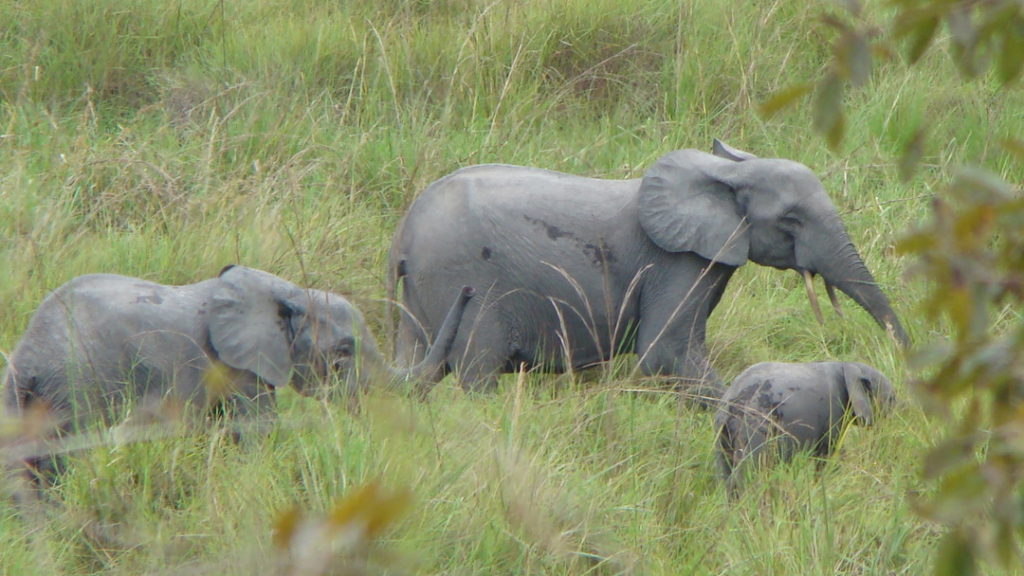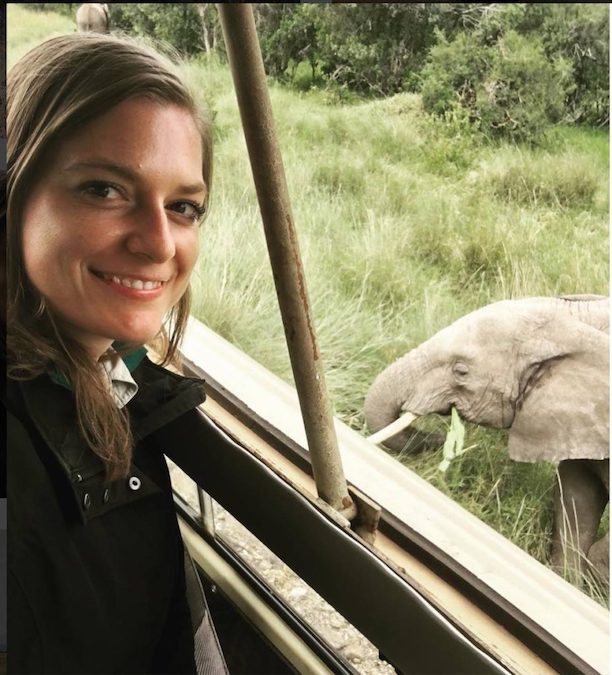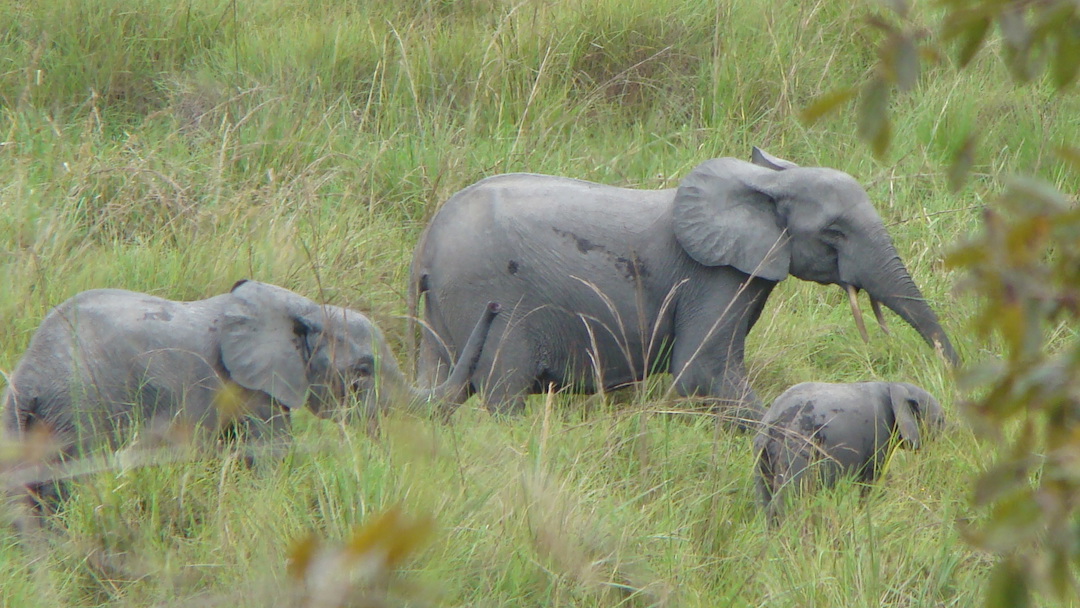As an elephant researcher, I have been against the use of elephants in circuses and elephant rides for a very long time. But now, a new type of entertainment is forming: visiting an elephant sanctuary. Many of these are not real. How can you tell an ethical elephant sanctuary from a sham?
As people have started to realize the abuses a lot of captive elephants faced in these entertainment industries, circuses and elephant rides are starting to become a thing of the past in developed countries. These forms of entertainment have started to shut down, and the elephants need places to go where they can live out the rest of their lives. Elephants live to 60-70 years of age.

Amazing people around the world have started creating sanctuaries for such elephants, places where they can live free from the cruelty and abuse that they lived with for so long.
At the same time though, some people saw this as an opportunity to continue to exploit elephants. They simply added the word “sanctuary” to their tourist operation to make it seem like the elephants are being saved, when in fact, they are suffering the same fate as before. The person operating the sanctuary or the handlers will tell you that the elephants are orphaned or come from circuses and in return the tourists feel sorry for the elephants, happy that the “sanctuary” saved them.
There are very little regulations when it comes to sanctuaries and many places just downright lie. Even if the elephant was an orphan or did come from a previous tourist operation, it does not mean that the self-described sanctuary is real or operates at a level with their welfare in mind. A lot of these sanctuaries are really roadside zoos in disguise.
Should You Visit an Elephant Sanctuary?
Yes, but ONLY if it is an ethical elephant sanctuary. Unfortunately, fake sanctuaries have made it really hard for people to tell the difference between real and bad ones. And there are plenty of legit sanctuaries out there that make real and important contributions that save and protect elephants.
It can be really hard to tell the difference between real and fake, and good and bad sanctuaries. In this post, I offer you 9 tips for how you can tell apart an ethical elephant sanctuary from an unethical one.
You are Visiting an Ethical Elephant Sanctuary If…
1. The Elephants Do Not Perform Tricks of Any Kind
The whole point of a sanctuary is to retire animals from performing for human entertainment. You cannot get an elephant to perform without physical abuse through the bullhook.
If the elephants are following the commands of the handlers to pose for photos by lifting their trunks, sitting on their hind legs, or doing unnatural activities like painting, this is not an ethical elephant sanctuary.
Are you visiting the elephant sanctuary just to get an Instagram photo? To use the elephants as props? Places that let you do this are not ethical.
The handlers will tell you that the elephants like doing stuff like this and it gives them exercise. They do not. You will not see elephants do these things in the wild.
The only times elephants stand on their hind legs is to reach a high tree branch for a food like a fruit (I have only seen this like once and it happens for an extremely short period of time) or when the males are trying to mate the females. Reputable zoos do not make elephants perform tricks for the public, only to cooperate for medical procedures (e.g. holding their ear still so veterinarians can get a blood sample).
2. You Don’t See Any Bullhooks
True sanctuaries do not use bullhooks, which by definition are abusive. Handlers will say they are an “extension of the human arm” but the human arm does not have sharp hooks at the end! If this were the case, handlers would use a long pole instead (which they could still use to beat the elephant). The hooks ensure the elephant behaves because the handlers put them in the sensitive parts of the elephants.
3. You Can’t Touch the Elephants or Touching is Limited
True elephant sanctuaries do not let you touch the elephants because this is stressful for the elephants and dangerous to you. The Elephant Sanctuary in Tennessee does not even let the public see the elephants because they want them completely retired from the entertainment industry.
During an “Ask Me Anything” session, one person described their visit to an elephant “sanctuary” as this: “I travelled (to) southeast Asia and in Thailand there were a lot of elephant sanctuaries which allowed tourists to visit. When we arrived there were over 50 people to four elephants and my friends and I immediately felt uncomfortable with how stressed the elephants seemed to be.”
Too often, the wildlife tourism industry caters to people's love of animals, but leads to suffering behind the scenes #NatGeoWildlifeTourism pic.twitter.com/ghpgGvDICx
— National Geographic (@NatGeo) May 30, 2019
They proceeded to ask me if I thought these sanctuaries were good. My answer? No. This person was right. These elephants are highly stressed!
Demand for touching elephants also increases demand for captive elephants as a whole. In many countries, captive elephants are still taken directly from the wild (as babies might I add), which is actually threatening the species as a whole in some countries.
4. You Can’t Feed the Elephants
Feeding the elephants likely means you are touching them, but under a tourist context, it may also be unhealthy for the elephants. If elephants are being fed all of the time by tourists, they are at risk of gaining weight from the sugary treats that tourists usually feed them as this study suggests. Obesity is bad for elephants, just as it is for humans, and is a major problem for elephants in captivity.
5. The Elephants are Behind a Barrier
Elephants are innately wild. Although they are tame, they are not domesticated. Domesticated species are those that have co-evolved with humans for thousands of years like dogs, cats, and livestock. Because they are wild, you truly never know what they will do (and to be honest, I never know what my cats will do either).
Former working elephants have killed people. Even at the Tennessee Elephant Sanctuary, which in my opinion is the best sanctuary out there, an elephant killed a keeper for no reason at all.
Therefore, look for places where your and the elephants’ safety is made a priority. When viewing elephants, there should be a fair amount of distance or a barrier in between.
6. You Don’t See Any Chains
If you see chains, this is a really bad sign and it means it is an unethical elephant sanctuary. The elephants are chained up and limited in their movements just like they were when they were in the circus or in elephant rides (when not performing).
This one may be harder to determine because a lot of tourism operations chain their animals when they are not interacting with tourists (i.e. at night). Just because you don’t see any chains, doesn’t mean they don’t use them. Make sure to do step #8 and research the organization online as much as you can and look for photos taken by tourists.
7. The Elephants Have Shade, Water, and Food
Make sure that elephants have access to these vital things! The elephants should also look healthy and not skinny. Make sure they are not dressed up (another sign of an unethical sanctuary), which can cover up malnourished bodies.
8. They Don’t Have Red Flags on the Internet
Before you commit, always always research the sanctuary before you go. You’ll want to do three things: Visit the sanctuary website, look at the sanctuary on Tripadvisor, and Google the sanctuary in general.
On the sanctuary’s website, see if you can find the following information: Where did the elephants come from? Where were they “rescued” from? If the elephants are really rescued, they should have stories. This also shows that the sanctuary is responsible. Elephants are long-lived (~60 years) so a sanctuary will have them for a long time and therefore plenty of time to update their website with specific information about the elephants.
What activities can you do as a tourist? (If there are any of the red flags listed above, then don’t go here). Where do the elephants live? Where do they stay at night?
Look up the sanctuary on Tripadvisor and get real tourist photos of the elephants. On the website you will see their staged photos, but on Tripadvisor, you will see real photos that tourists took. Make sure you don’t see things like elephant rides, bullhooks, etc. Read the tourist reviews.
Overall, you want to see if the sanctuary is focused on animals or people. If it’s the later, it is likely more for entertainment and money. If all of the photos on the sanctuary have people in them, this suggests the sanctuary favors tourism and therefore profits before animal welfare.
On the other hand, if the photos are mostly of the animals, this shows the sanctuary prioritizes the animals’ wellbeing.
Google the sanctuary as a whole and see if you can find any bad information on it.
Even if a place doesn’t have elephant rides or tricks at the moment, it doesn’t mean that the tourist operation doesn’t do them. In this National Geographic article, one tourism operator says this: “Westerners enjoy bathing because it looks happy and natural, she says. “But a Chinese tour agency called me and said, Why are you cutting the show? Our customers love to see it, and they don’t care about bathing at all.” Providing separate options is good for business.”
You don’t know what the “sanctuary” is doing with their elephants when you are not there and in off seasons they may be providing different types of entertainment to different types of tourists.
9. Use This List as a Starting Place to Find an Ethical Elephant Sanctuary
Finally, you can use this list as a starting place. I have not had the time to go through each one of these, but I spot checked some of them and they looked good. Make sure you do the homework on all of them and follow my tips and please let me know if you find anything sketchy.
Go Wild Instead!
To truly see elephants ethically and in the best way, try to see them in the wild. It’s VERY easy to see them on safari in countries throughout East and South Africa (I didn’t have luck finding them in Malaysia, although we saw very fresh dung!).
Seeing a wild animal in my opinion is so much more special than seeing one that is forced to be there through captivity – whether or not it is rescued. If you do, make sure you follow these tips to ethically watch elephants and other animals you might see along the way.

Love this post? Share it with friends!



